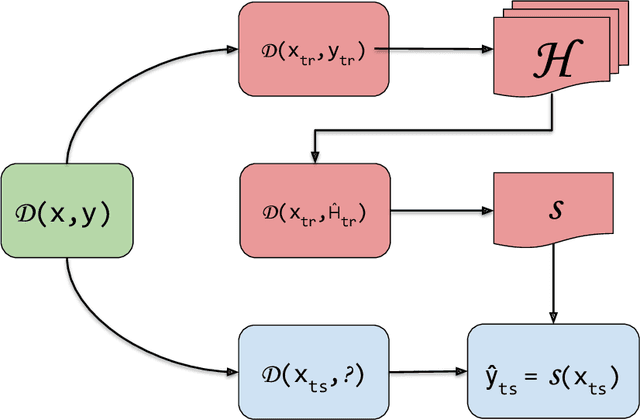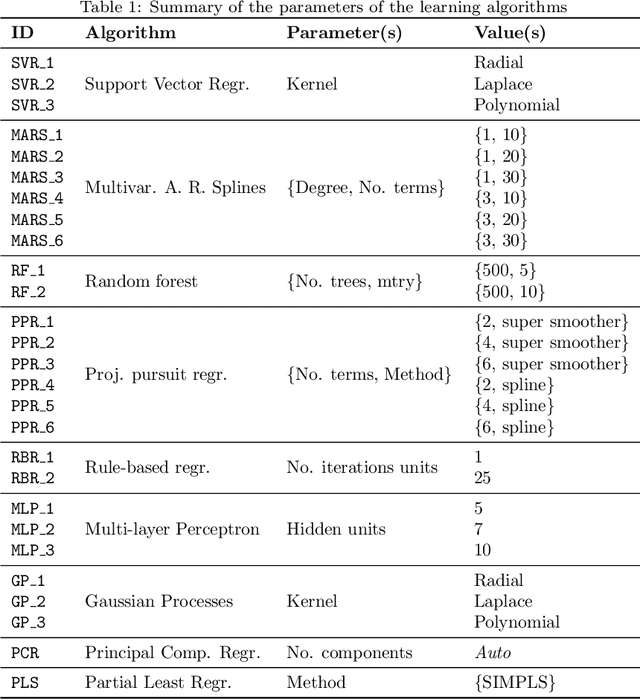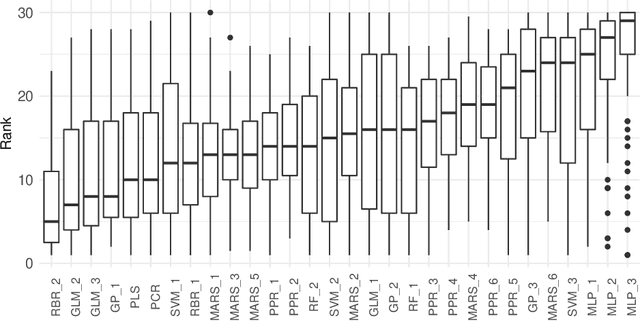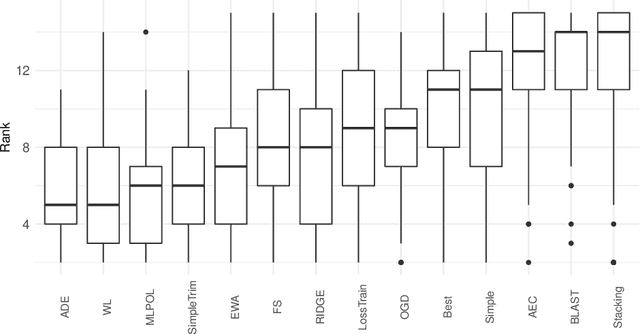Model Compression for Dynamic Forecast Combination
Paper and Code
Apr 05, 2021



The predictive advantage of combining several different predictive models is widely accepted. Particularly in time series forecasting problems, this combination is often dynamic to cope with potential non-stationary sources of variation present in the data. Despite their superior predictive performance, ensemble methods entail two main limitations: high computational costs and lack of transparency. These issues often preclude the deployment of such approaches, in favour of simpler yet more efficient and reliable ones. In this paper, we leverage the idea of model compression to address this problem in time series forecasting tasks. Model compression approaches have been mostly unexplored for forecasting. Their application in time series is challenging due to the evolving nature of the data. Further, while the literature focuses on neural networks, we apply model compression to distinct types of methods. In an extensive set of experiments, we show that compressing dynamic forecasting ensembles into an individual model leads to a comparable predictive performance and a drastic reduction in computational costs. Further, the compressed individual model with best average rank is a rule-based regression model. Thus, model compression also leads to benefits in terms of model interpretability. The experiments carried in this paper are fully reproducible.
 Add to Chrome
Add to Chrome Add to Firefox
Add to Firefox Add to Edge
Add to Edge